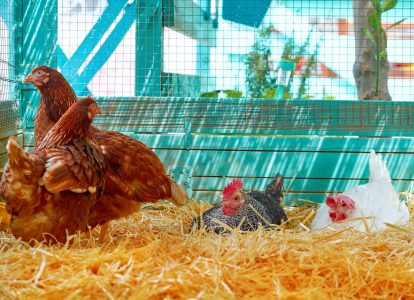
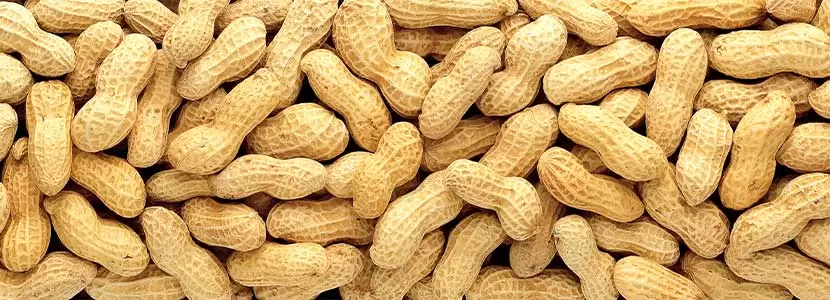 11 Apr 2022
11 Apr 2022
Peanut shells appear as a potential feed ingredient to be used in laying hens and other poultry diets. This potential feedstuff is a considerable waste product with little economic value and use. The objective of the following study was to determine the dietary effects of the shell on the production performance of laying hens and their respective egg production and quality.
The study was conducted at the North Carolina Department of Agriculture and Consumer Services’ Piedmont Research Station. Where two hundred commercial hens (Hy-Line W36) were evaluated randomly. Four treatments were performed (with five repetitions) and the feeding was done ad libitum for 8 weeks:

Why were peanuts used?
Peanuts, as well as soybeans, are protein rich oilseed legumes, that also provide dietary lipids as an energy source. Interestingly, peanut skin provides 15% antioxidant-rich polyphenolic compounds, 19% fat, and 12% fiber.
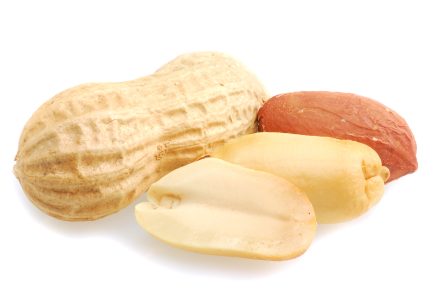
North Carolina ranks second in turkey production and third in poultry production nationally, with more than 5700 family farms producing poultry and eggs. It is also one of the top 6 peanut producing states in the United States.
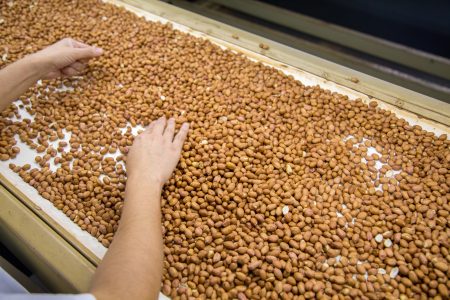
However, a considerable amount of peanut produced does not meet industry standards for human consumption, either because of its poor size or because it is broken. During the processing process, considerable agricultural waste of peanut shells and skin occurs during the peeling and blanching process.
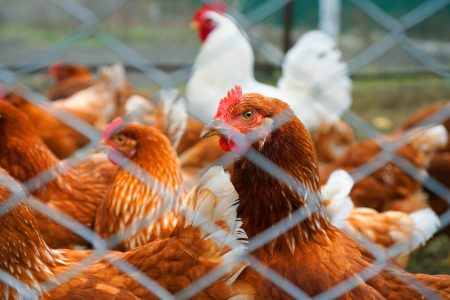
This abundance of peanuts and poultry production led a team of researchers to conduct a layer feeding test to determine the use of peanuts high in whole oleic shell and/or peanuts with high unbleached oleic content (i.e., with intact skin) as an alternative feed ingredient for poultry.
Analysis of β-carotene, lipid and fatty acid content
All experimental diets and eggs were analyzed for total cholesterol, crude fat, acid-contained fats and β-carotene. Each egg sample was mixed for homogeneity in a whirl-pak® bag for 3 minutes using a laboratory blender. All egg samples were then frozen at -20 °C and stored frozen until chemical analysis for two weeks after being collected.
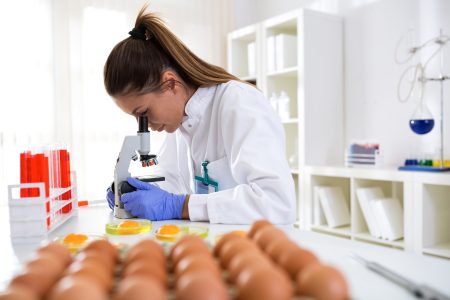
Results
There were no significant differences in body weight or egg weight at week 6. Hens fed with the diet containing soy protein isolate produced more egg dozens in total relative to the group fed the control diet.
Hens fed the control diet consumed less total feed relative to the other treatments (with the best feed conversion rate).
Most of the eggs produced in each treatment were large USDA grade A eggs.
There were no differences in egg quality, except for yolk color. Significantly higher color scores were obtained in eggs produced with the control diet and the diet containing soy protein isolate relative to the other treatments.
 Interestingly, eggs produced from treatment with unbleached high-oleic peanuts had significantly reduced stearic and linoleic fatty acid levels relative to the other treatments.
Interestingly, eggs produced from treatment with unbleached high-oleic peanuts had significantly reduced stearic and linoleic fatty acid levels relative to the other treatments.
On the other hand, eggs produced by hens fed the high-oleic peanut diet with shell, had significantly higher levels of β-carotene compared to eggs from the other treatment groups.
Conclusions
In summary, this study reports on similar body weights, feed consumption, and egg weights between peanut-containing diets and both control diets. Which supports the effective utilization of high-oleic whole-oleic peanut shelled and/or peanut high in unbleached oleic as a good alternative.
These results validate the use of peanut shell as a feed ingredient with added value. Contributing to the poultry and egg production industries while reducing industry waste.
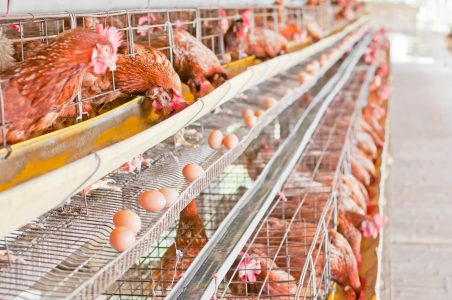
Source: Prestage Department of Poultry Science at NC State University, and the Food Science & Market Quality and Handling Research Unit, ARS, USDA. The Effect of Feeding Hens a Peanut Skin-Containing Diet on Hen Performance, and Shell Egg Quality and Lipid Chemistry.
Subscribe now to the technical magazine of animal nutrition
AUTHORS

Hybrid Rye Potential in Laying Hen Feed Rations
Gwendolyn Jones
A day in the life of phosphorus in pigs: Part I
Rafael Duran Giménez-Rico
Use of enzymes in diets for ruminants
Braulio de la Calle Campos
Minerals and Hoof Health in the Pregnant Sow
Juan Gabriel Espino
Impact of Oxidized Fats on Swine Reproduction and Offspring
Maria Alejandra Perez Alvarado